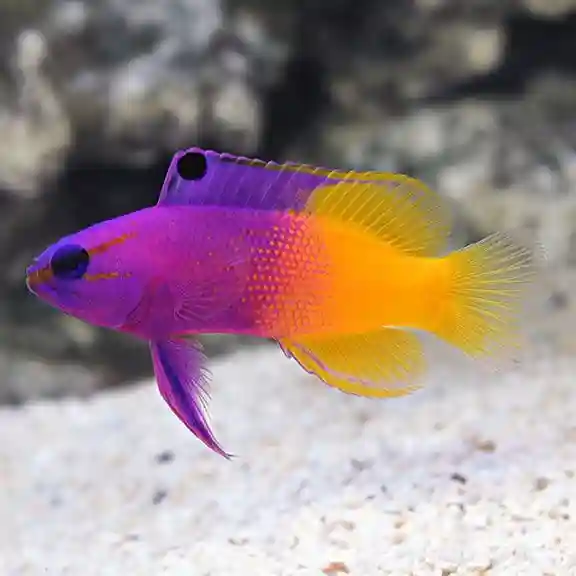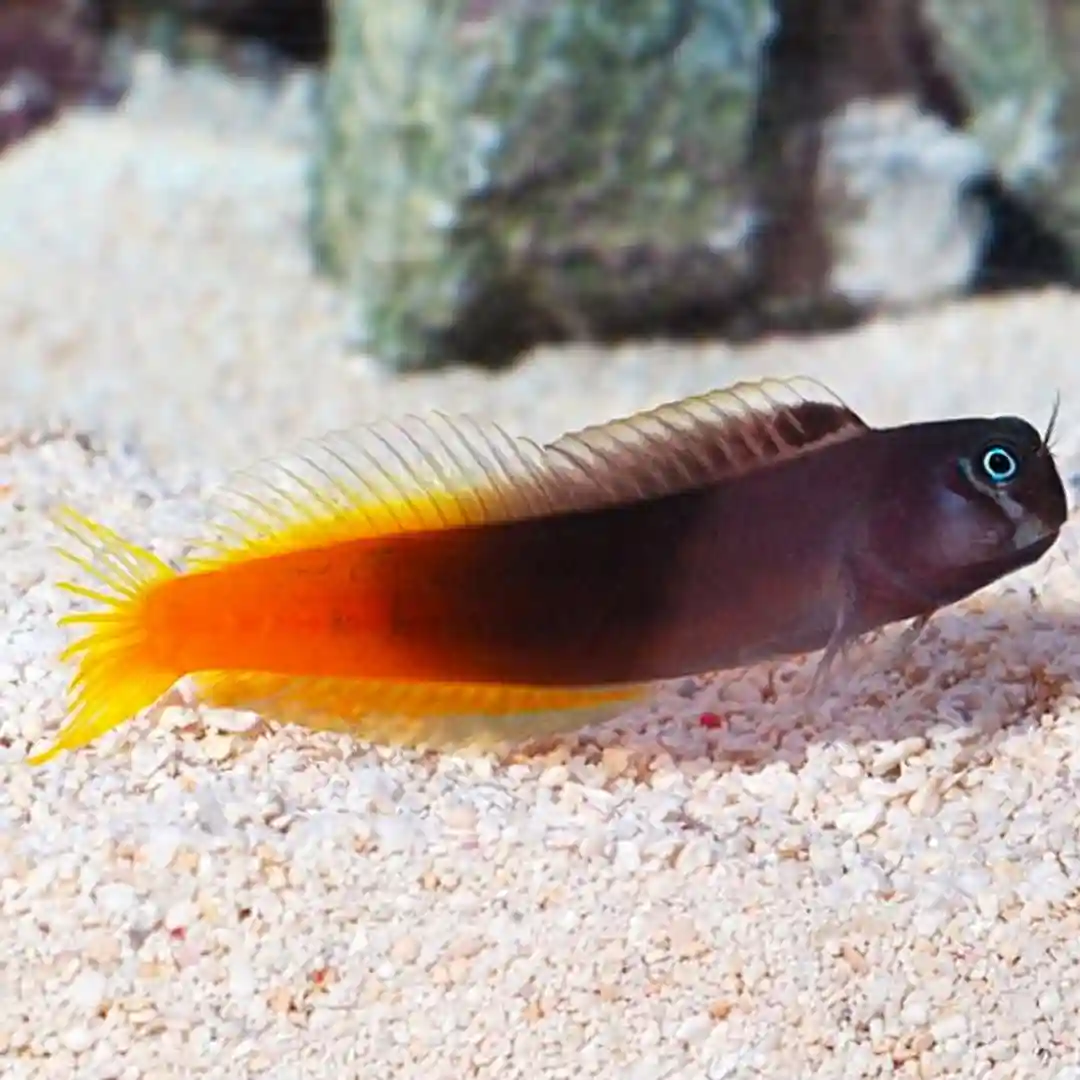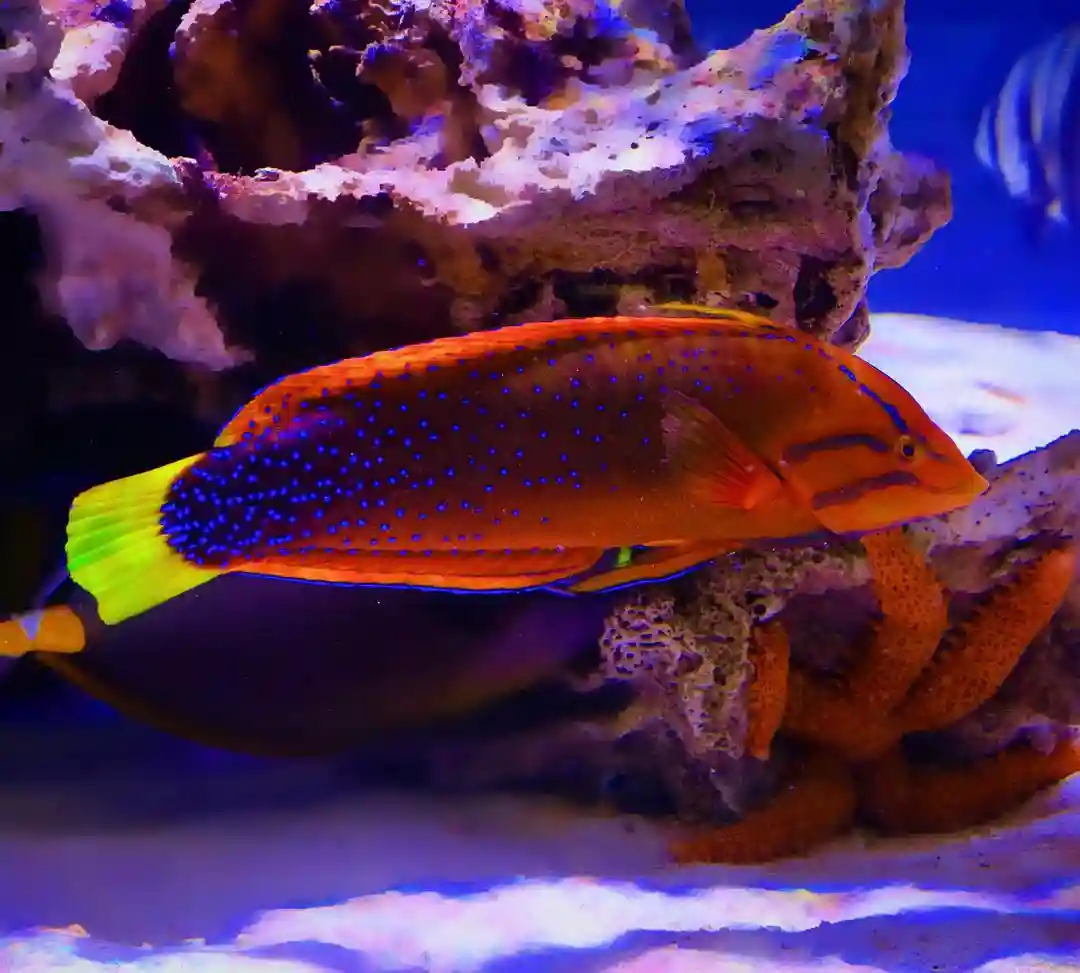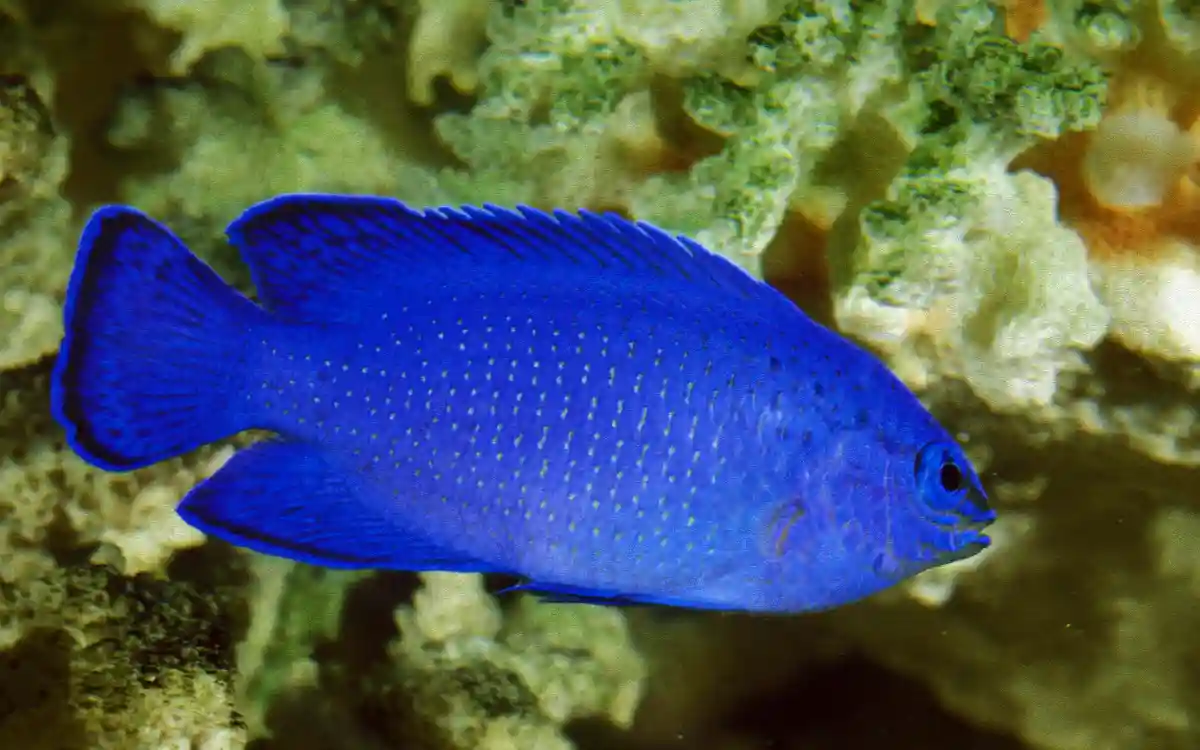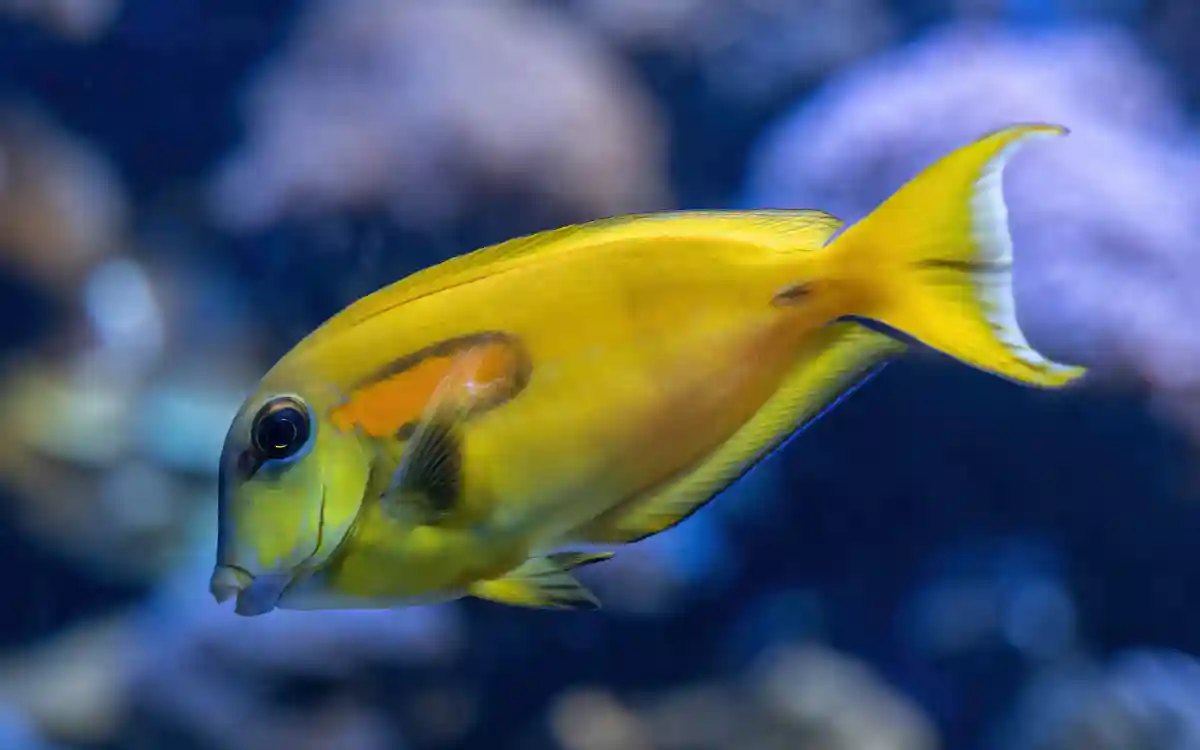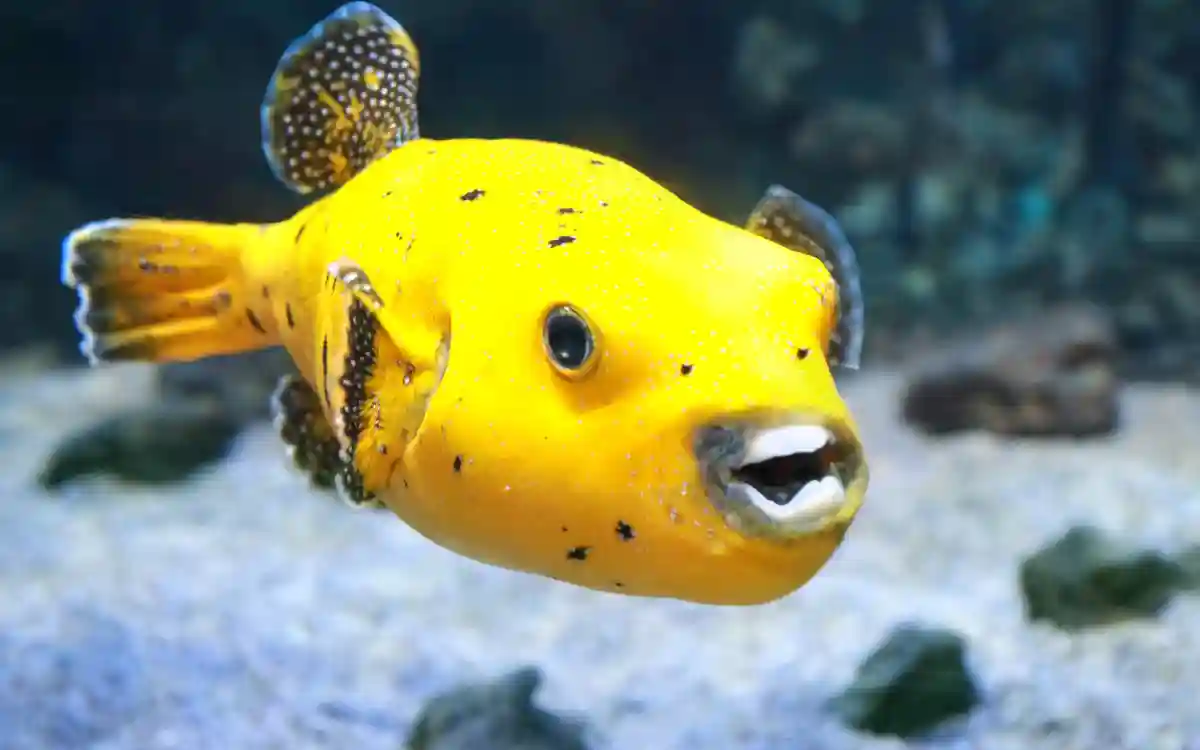Emperor Angelfish 101: Care, Lifespan, Facts & More
The Emperor Angelfish (Pomacanthus imperator) is one of the most stunning marine species in the aquarium world. Known for its vivid color transformation from juvenile to adult and its commanding presence, it’s a favorite among experienced saltwater hobbyists. But while it’s beautiful, it also comes with care challenges. This guide will help you understand everything you need to know—from tank size and diet to compatibility and long-term health—before adding this regal fish to your saltwater setup.

Quick Species Profile
| Trait | Details |
| Common Name | Emperor Angelfish |
| Scientific Name | Pomacanthus imperator |
| Origin | Indo-Pacific, Red Sea |
| Maximum Size | Up to 15 inches |
| Lifespan | 15–20 years |
| Temperament | Semi-aggressive |
| Diet | Omnivorous (needs sponge in diet) |
| Minimum Tank Size | 125 gallons |
| Reef-Safe | With caution |
| Care Level | Intermediate to advanced |
Appearance: From Juvenile to Adult
One of the most fascinating things about the Emperor Angelfish is how much it changes in appearance. Juveniles are dark blue with curved white and electric-blue rings that look like a target. As they mature, these patterns shift dramatically into horizontal yellow and blue stripes, along with a dark “mask” that stretches across their eyes. This color transformation not only marks their growth but adds to their reputation as a visual centerpiece.
The full transformation typically occurs by the time the fish reaches about 4 to 5 inches in length, depending on tank conditions and diet. Keeping stable, clean water and providing a proper environment encourages this natural transition.
Tank Size and Environment
An Emperor Angelfish needs space—lots of it. While the bare minimum is 125 gallons for a single adult, a larger tank is always better, especially if you plan to keep other large fish. Open swimming areas combined with rock caves and overhangs give the fish the room and shelter it needs to feel secure.
Live rock plays an important role in the tank. It not only offers hiding spots and natural grazing opportunities but also helps stabilize water conditions. You’ll also want to include strong filtration, preferably with a protein skimmer, and moderate water flow to mimic reef currents.
For water parameters, aim for:
- Temperature: 72–82°F
- pH: 8.1–8.4
- Salinity: 1.020–1.025
- Nitrate: Below 10 ppm
Stability is more important than perfection. Keep up with regular water testing and 10–20% weekly water changes to avoid stress and disease.
Diet and Feeding Habits
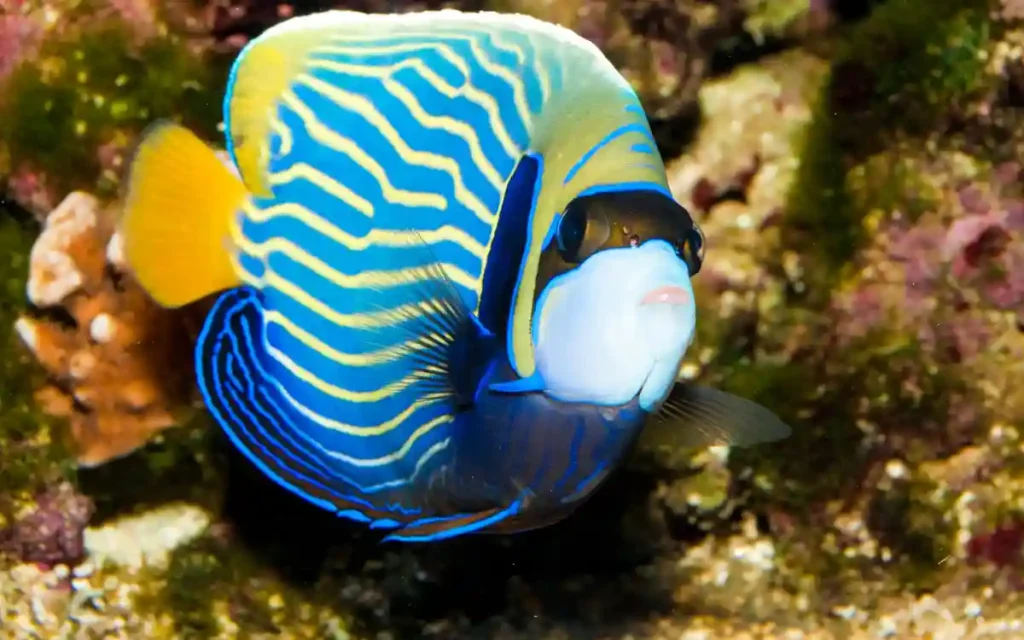
Emperor Angelfish are omnivores, but they have a unique dietary requirement that many beginners overlook—they need sponge in their diet to thrive. In the wild, they graze on sponges and tunicates, so a varied diet that includes sponge-based frozen foods or angelfish-specific pellets is essential.
You can supplement their meals with mysis shrimp, spirulina, chopped seafood, and marine algae like nori. Feed two to three times daily in small portions. Underfeeding or offering a poor diet can lead to dull coloration, reduced immunity, and long-term health issues like Head and Lateral Line Erosion (HLLE).
Providing the right nutrition is not just about keeping them alive—it’s what brings out the deep yellow and royal blue contrast that makes this species so admired.
Compatibility and Tank Mates
The Emperor Angelfish is semi-aggressive, particularly as it grows larger. It generally does well with other assertive fish that aren’t small enough to be bullied or large enough to provoke a fight.
Good tank mates include tangs, rabbitfish, larger wrasses, and clownfish. You’ll want to avoid smaller, more timid species like firefish or gobies, as well as other large angelfish unless you have a very large tank with lots of territory to divide.
Keep in mind that this fish may chase new additions, especially if it feels its space is being invaded. Rearranging rockwork or adding new fish at night can help reduce territorial behavior. If possible, add the Emperor Angelfish last when stocking your tank.
Is the Emperor Angelfish Reef-Safe?
This is a common question, and the answer is: it depends. While some hobbyists keep Emperor Angelfish in reef tanks without trouble, others report that they nip at soft corals, LPS corals, and clam mantles.
If you’re planning a mixed reef, you’ll need to observe the fish closely and accept that there’s a risk. They’re generally safer with SPS corals and mushrooms, especially if they’re well-fed. But in many cases, a FOWLR (Fish Only With Live Rock) setup is the best option to ensure your coral collection remains untouched.
Lifespan and Health
With proper care, the Emperor Angelfish can live up to 20 years in captivity, making it a long-term commitment. Most health issues stem from poor water quality or inadequate nutrition. The most common conditions include marine ich and HLLE, both of which are preventable with stable conditions and a clean diet.
This species is sensitive to stress. Avoid sudden temperature changes, overcrowding, and aggressive tank mates. Always quarantine new additions, and consider using a UV sterilizer if your tank is heavily stocked.
If you notice discoloration around the face, fin erosion, or frequent hiding, test your water immediately and review your feeding routine.
Read also: Royal Gramma 101: Care, Compatibility, Lifespan & More
Breeding Challenges
Breeding Emperor Angelfish in home aquariums is nearly impossible. These fish are pelagic spawners, meaning they release eggs and sperm into open water during synchronized swims near dusk. They require extremely large, deep tanks to exhibit this behavior—something even many public aquariums struggle to replicate.
If you’re interested in breeding angelfish, consider smaller dwarf species like Flame or Coral Beauty angelfish instead. For the Emperor, it’s best to focus on keeping a healthy individual rather than attempting reproduction.
Fascinating Facts About the Emperor Angelfish
- Juveniles are so visually distinct from adults that many hobbyists assume they’re separate species.
- In the wild, they live in coral-rich reefs at depths of 3 to 100 feet.
- They can emit audible clicking sounds when startled or displaying dominance.
- The dramatic juvenile-to-adult transformation has made them a favorite in underwater photography.
- In some regions, Emperor Angelfish are considered symbols of royalty and protection.
Frequently Asked Questions
How big do Emperor Angelfish get?
Up to 15 inches in captivity, sometimes even larger in the wild.
Can I keep two Emperor Angelfish together?
Not unless your tank is over 300 gallons and has plenty of hiding spots.
Do they eat corals?
Yes, they often nip at fleshy corals, especially LPS and soft varieties.
How long does it take for juveniles to change colors?
Usually around 6–12 months, depending on diet, space, and water conditions.
What’s the minimum tank size?
125 gallons is the bare minimum for an adult, but 180+ gallons is preferred.
Final Thoughts
The Emperor Angelfish is a breathtaking species that adds drama and color to any large saltwater aquarium. It’s not for everyone—new hobbyists may struggle with its dietary needs and reef compatibility—but with the right setup, it’s a deeply rewarding fish to keep. If you’re ready for the responsibility, this majestic angelfish can be the crown jewel of your marine tank for decades.

